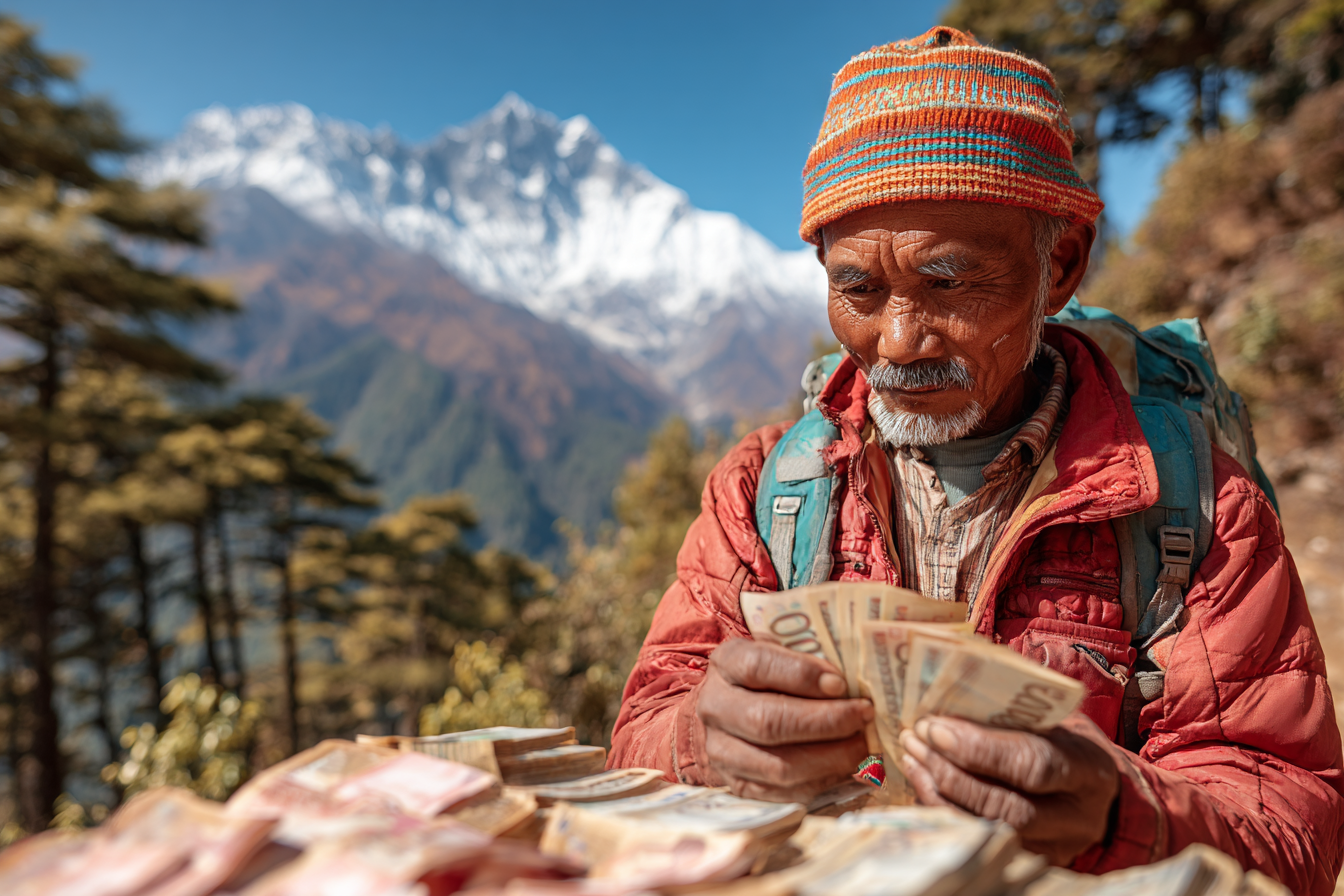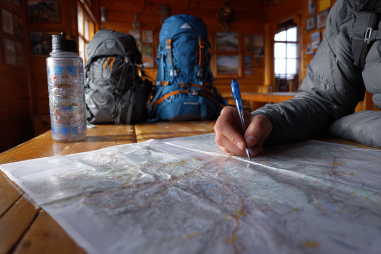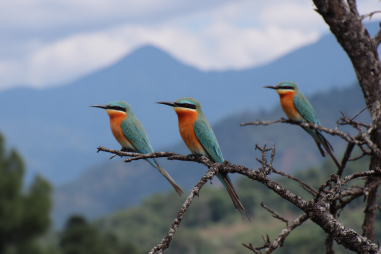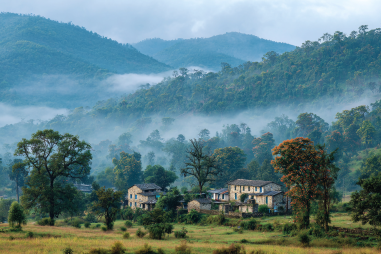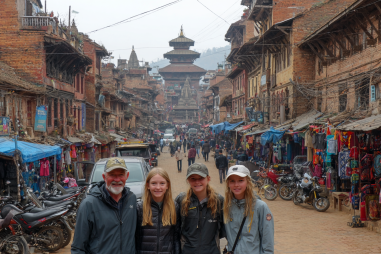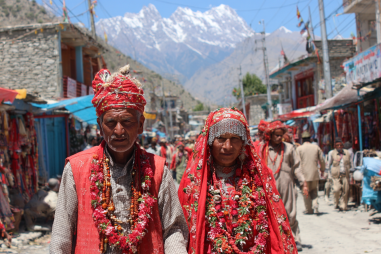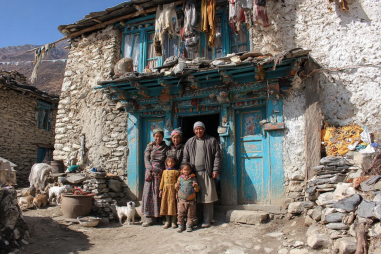Traveling to Lukla, the gateway to the Everest region, is an exciting adventure for any trekking enthusiast. However, the remote location and limited accessibility often mean higher travel costs compared to other destinations in Nepal. With careful planning and smart budgeting, you can keep your expenses under control and focus on enjoying the stunning Himalayan scenery without worrying too much about your wallet. In this guide, we’ll walk you through practical Lukla travel budget tips covering everything from flights and accommodation to permits and local transportation. Whether you are a seasoned trekker or a first-time visitor, these insights will help you get the most value out of your Himalayan trip.
Overview of Typical Lukla Travel Expenses
Before diving into detailed tips, it’s important to understand where your money typically goes when traveling to Lukla. Costs can vary widely depending on the season, choice of services, and personal preferences, but here are the main expense categories to consider:
- Flights: Most travelers fly from Kathmandu to Lukla, and round-trip flights can be a significant portion of your budget.
- Accommodation: From basic guesthouses to slightly more comfortable lodges, nightly stays in Lukla and nearby villages can range substantially.
- Food and supplies: Eating in the region tends to cost more than in Kathmandu due to transportation costs and limited options.
- Trekking permits and fees: Permits are mandatory and fees vary depending on the route and region.
- Guides and porters: Hiring local assistance improves safety and comfort but increases expenses.
- Transportation: Includes travel to and from Kathmandu airport and local transport before and after flights.
Knowing these categories upfront makes it easier to identify where to cut costs and where to invest for a better experience.
Saving on Flights to and from Lukla
The flight between Kathmandu and Lukla is famously challenging due to unpredictable weather and the short runway. These flights are also the most expensive part of your Lukla trip, with round-trip prices often ranging between $150 and $200 USD or more. Here are ways to keep your flight expenses in check:
- Book early: Booking your flights well in advance can land you better prices before demand peaks during peak trekking seasons (March-May and September-November).
- Choose off-peak travel dates: Flying during shoulder seasons or mid-week can sometimes reduce costs and improve availability.
- Be flexible with airlines: Although there are only a few airlines operating this route (like Tara Air and Summit Air), comparing prices and checking for deals is worthwhile.
- Consider alternative routes or trekking from Jiri: If you have extra time, trekking from Jiri to Lukla by foot can save on flight costs, but it adds multiple days of walking.
- Stay informed about weather disruptions: Flights often get canceled or delayed; buying flexible tickets or travel insurance can save you money on rescheduling fees.
Affordable Accommodation Choices
Accommodation options in Lukla and surrounding villages are mostly basic lodges and teahouses designed to cater to trekkers. Prices tend to be higher than in Kathmandu but can be managed with a few tips:
- Choose simple guesthouses: Many lodges offer rooms without extra amenities for less money. Shared bathrooms or rooms with simpler furnishings are good budget choices.
- Negotiate for longer stays: If you plan to spend multiple nights in Lukla (e.g., acclimatization days), some places may give discounts for extended bookings.
- Travel with a group: Splitting costs for bigger rooms or dormitories can lower per-person expenses.
- Avoid high season surcharges: Prices can spike during popular trekking months, so off-peak travel is more wallet-friendly.
- Bring your own sleeping gear: Some accommodations charge for bedding; having your own sleeping bag can reduce these extra costs.
Budget-Friendly Food and Supplies
Food prices in Lukla and along trekking routes are higher due to challenging supply logistics. Still, you can manage your food budget carefully:
- Opt for local dishes: Traditional Nepali meals like dal bhat (lentils and rice) are filling, nutritious, and cheaper than imported or western-style food.
- Carry snacks from Kathmandu: Stock up on nuts, energy bars, and instant noodles which cost less in Kathmandu and save you money on the trail.
- Drink tap or boiled water: Instead of buying bottled water, bring a good water filter or purification tablets.
- Limit alcohol consumption: Beer and spirits can be pricey and add unnecessary expenses and calories.
- Shop for basic supplies in Lukla: Items like toiletries, batteries, or first aid supplies cost more at high altitudes—buy them in Kathmandu or bring from home.
Trekking Permits and Fees Management
To trek beyond Lukla, you need various permits such as the TIMS (Trekkers’ Information Management System) card and the Sagarmatha National Park entry permit. Managing these fees effectively can help you save:
- Obtain permits in Kathmandu: It is often cheaper and more straightforward to get your permits in Kathmandu rather than paying higher prices in Lukla.
- Check for package deals: Some trekking agencies offer combined permit facilitation and guide services at a discounted rate.
- Carry your permit at all times: Avoid fines by respecting permit rules and never losing your documents.
- Be aware of permit validity: Plan your trek to ensure your permits cover your entire journey without unnecessary extensions.
Hiring Guides and Porter Budget Tips
Hiring a guide or porter greatly enhances your safety and experience in the Himalayas but can add to your budget. Here’s how to approach this cost wisely:
- Negotiate rates beforehand: Agree on wages and services before your trek begins to avoid misunderstandings.
- Share guides and porters with groups: If you are trekking in a group, splitting the cost for guides or porters reduces individual expenses.
- Consider hiring only what you need: If you are comfortable carrying your own gear, you might only need a guide, which is cheaper than adding a porter.
- Check for ethical wage standards: Ensure your hired staff receive fair pay and tips according to local customs.
Transportation on Approach and Departure
Getting to Tribhuvan International Airport (TIA) in Kathmandu and traveling around the city are part of the Lukla trip budget as well.
- Use local transport: Public buses and shared taxi rides are cheaper than private taxis to and from the airport.
- Book airport transfers with your hotel: Some guesthouses provide complimentary or low-cost shuttle services if pre-arranged.
- Plan airport arrival times carefully: Arriving with plenty of time helps avoid last-minute expensive transport options.
General Money-Saving Strategies
Beyond specific category tips, these general strategies can help you manage your Lukla travel budget effectively:
- Set a daily budget: Define how much you want to spend each day and track your expenses to avoid surprises.
- Carry cash in small denominations: Many places in Lukla don’t accept cards, and breaking large bills can be challenging.
- Avoid unnecessary souvenirs: While tempting, souvenirs add extra costs and weight to your backpack.
- Travel with companions: Cost-sharing of accommodation, guides, and porters often makes a big difference.
- Research and plan your itinerary: Being informed helps you avoid overpriced services and last-minute decisions.
With a bit of preparation and awareness of your spending habits, trekking to Lukla doesn’t have to break the bank. Focus on the experiences and the breathtaking views that make the Himalayas unique, and your budget-conscious adventure will be just as memorable and rewarding.

